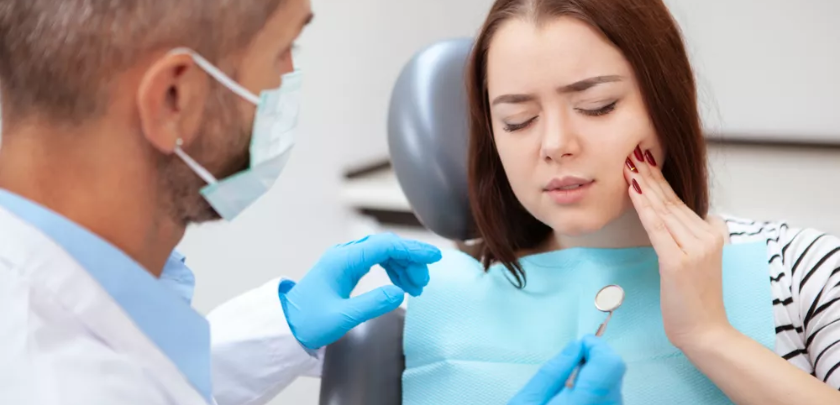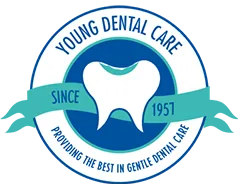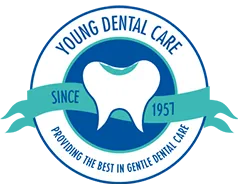5 Common Mistakes to Avoid in Root Canal Aftercare

After undergoing a root canal procedure, proper aftercare is essential to ensure successful healing and long-lasting results. While root canals have a high success rate, there are common mistakes that patients can inadvertently make during the recovery period that may compromise the outcome. This article explores five crucial mistakes to avoid in root canal aftercare. By understanding these pitfalls and following the recommended guidelines, you can promote optimal healing, minimize discomfort, and safeguard the health of your treated tooth for years to come.
Mistake 1: Neglecting Oral Hygiene
Proper oral hygiene is crucial for a successful root canal recovery. Neglecting oral care can lead to the growth of harmful bacteria and potential complications. Here’s a detailed look at this common mistake and how to avoid it:
1. Importance of Oral Hygiene: Maintaining good oral hygiene after a root canal helps prevent reinfection and supports healing. Bacteria can re-enter the treated tooth through inadequate cleaning, leading to potential problems.
2. Brushing Technique: Use a soft-bristle toothbrush to gently clean your teeth and the treated area. Avoid applying excessive pressure, which could irritate the healing site. Brush at least twice a day to remove plaque and debris.
3. Flossing: Floss carefully around the treated tooth to remove food particles and plaque from between teeth. Be gentle to avoid disturbing the healing process. If flossing is challenging, consider using a floss threader or interdental brush.
4. Rinsing: Rinsing your mouth with a mild saltwater solution or an antimicrobial mouthwash can help reduce bacteria and promote healing. Follow your dentist’s recommendations for rinsing frequency.
5. Avoid Tobacco and Alcohol: Tobacco and alcohol can hinder the healing process and increase the risk of infection. It’s advisable to avoid smoking and alcohol consumption during the recovery period.
6. Stay Hydrated: Drinking plenty of water helps maintain moisture in your mouth and supports the healing process. Adequate hydration also prevents dryness and discomfort.
7. Regular Dental Checkups: Continue attending regular dental checkups and follow-up appointments. Your dentist can monitor your progress and provide guidance on your oral hygiene routine.
Mistake 2: Ignoring Discomfort or Swelling
After a root canal procedure, it’s normal to experience some level of discomfort or swelling. However, ignoring these symptoms can lead to complications. Here’s a closer look at this mistake and how to prevent it:
1. Understanding Normal Symptoms: Discomfort and mild swelling are common after a root canal due to the manipulation of tissues during the procedure. These symptoms usually subside within a few days as the healing process progresses.
2. Abnormal Symptoms: If you notice severe or increasing pain, significant swelling, or persistent discomfort that doesn’t improve, it could indicate an issue. Ignoring these signs may lead to infection or other complications.
3. Prompt Communication: If you experience unusual or concerning symptoms, contact your dentist immediately. Your dentist can assess your condition and determine if additional treatment or adjustments are necessary.
4. Prescribed Medications: Your dentist may provide pain relievers or antibiotics to manage discomfort and prevent infection. Take these medications as directed and inform your dentist if you experience any adverse reactions.
5. Rest and Elevation: Elevating your head slightly while sleeping and getting sufficient rest can help reduce swelling. Avoid strenuous activities that could exacerbate discomfort.
6. Ice Packs: Applying ice packs to the affected area in short intervals during the first 24-48 hours can help minimize swelling.
Mistake 3: Delaying Follow-Up Appointments
Attending scheduled follow-up appointments is crucial for monitoring your recovery progress after a root canal procedure. Delaying or skipping these appointments can hinder your healing process and lead to potential complications. Here’s a detailed look at this common mistake and how to avoid it:
1. Importance of Follow-Up Visits: Follow-up appointments allow your dentist to assess the healing of the treated tooth, monitor any potential issues, and make necessary adjustments if needed.
2. Monitoring Healing: Your dentist will examine the tooth and surrounding tissues to ensure that the root canal site is healing properly and that there are no signs of infection or other complications.
3. Timely Intervention: If any problems arise, such as persistent discomfort or unusual symptoms, early detection during a follow-up visit allows your dentist to address them before they escalate.
4. Treatment Adjustments: In some cases, additional treatment may be required to ensure optimal healing. Your dentist can make informed decisions about whether any further steps are needed.
5. Frequency of Appointments: Follow your dentist’s recommended schedule for follow-up visits, which typically occur within a few weeks after the root canal procedure.
6. Communication: If you encounter any issues or have concerns between scheduled appointments, don’t hesitate to contact your dentist. They can provide guidance on whether you need to come in for an earlier evaluation.
Mistake 4: Resuming Normal Diet Too Soon
After a root canal procedure, it’s important to be mindful of your diet to support the healing process and prevent complications. Resuming a normal diet too soon can potentially disrupt the recovery of the treated tooth. Here’s a detailed look at this common mistake and how to avoid it:
1. Immediate Diet Restrictions: Your dentist may recommend a soft or modified diet immediately after the root canal to allow the treated tooth time to heal without undue stress.
2. Avoid Hard and Crunchy Foods: Hard, crunchy, or chewy foods can place pressure on the treated tooth and irritate the surrounding tissues. Avoid items like nuts, chips, popcorn, and sticky candies.
3. Temperature Sensitivity: In the initial days after the root canal, the treated tooth might be sensitive to temperature changes. Avoid extremely hot or cold foods and beverages that could trigger discomfort.
4. Gradual Reintroduction: As your tooth heals, gradually reintroduce solid foods back into your diet. Start with softer options and gradually progress to more challenging textures as your comfort level improves.
5. Hydration: Staying hydrated is important for healing. Opt for water and other mild, non-acidic beverages. Avoid excessive consumption of sugary or acidic drinks.
6. Nutrition for Healing: Incorporate nutrient-rich foods that support healing, such as lean proteins, fruits, vegetables, and whole grains.
Mistake 5: Neglecting to Protect the Tooth
After a root canal, it’s important to take precautions to protect the treated tooth and avoid any actions that could compromise the healing process. Neglecting to protect the tooth can lead to potential complications. Here’s a closer look at this common mistake and how to prevent it:
1. Chewing on Hard Objects: Avoid using the treated tooth to chew on hard objects like ice, pencils, or hard candies. These actions can put undue pressure on the tooth and potentially damage it.
2. Grinding or Clenching: Bruxism (teeth grinding) or clenching can place stress on the treated tooth. If you have this habit, consider using a mouthguard at night to prevent excessive force on the tooth.
3. Avoiding Bad Habits: Habits like nail-biting or using your teeth to open packages should be avoided, as they can damage the treated tooth and surrounding structures.
4. Protective Mouthguard: If you participate in sports or physical activities, consider wearing a mouthguard to prevent accidental trauma to the treated tooth.
5. Dental Care Tools: Use a soft-bristle toothbrush and be gentle while cleaning the treated tooth. Floss carefully to avoid disturbing the healing area.
6. Follow Dentist’s Recommendations: Your dentist may provide specific guidelines for protecting the treated tooth. Adhere to their instructions to ensure optimal healing.
In conclusion, proper aftercare following a root canal therapy is crucial for successful healing and a positive outcome. Avoiding common mistakes such as neglecting oral hygiene, ignoring discomfort, delaying follow-up appointments, premature diet changes, and failing to protect the tooth can contribute to a smoother recovery and optimal oral health. Your diligence and adherence to post-root canal guidelines can significantly impact your overall well-being.
Recent Posts
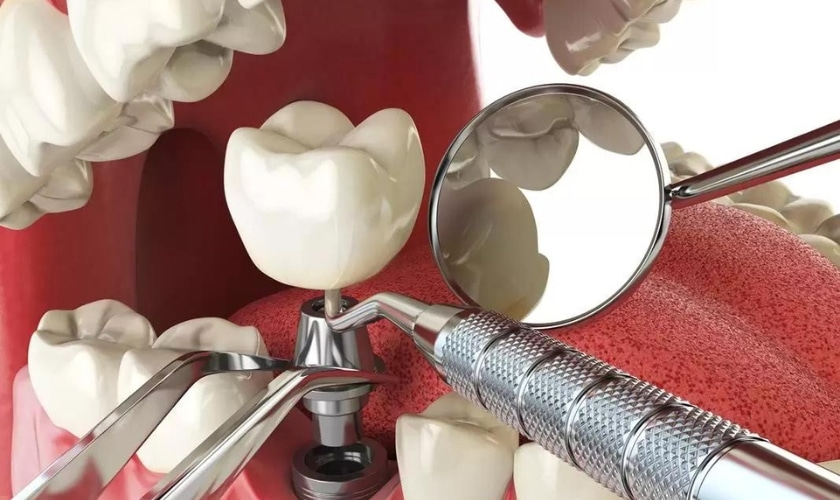
Why Is One Tooth Implant So Expensive
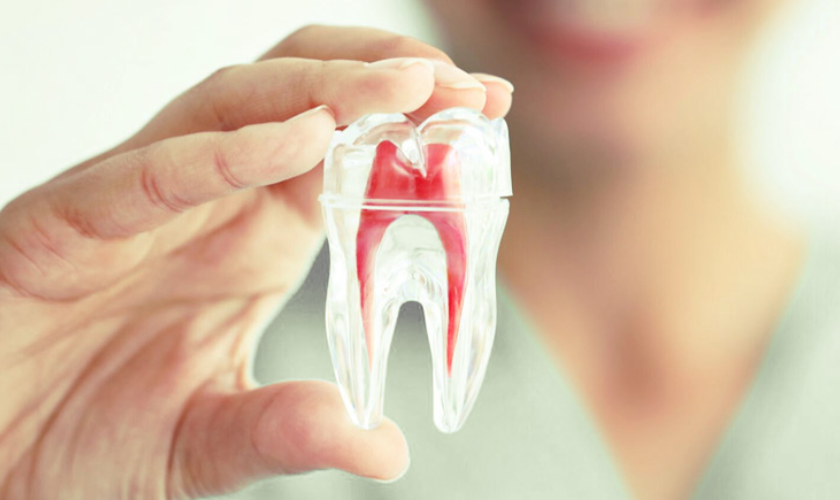
Does The Tooth Pain Increase Days After Root Canal Treatment?
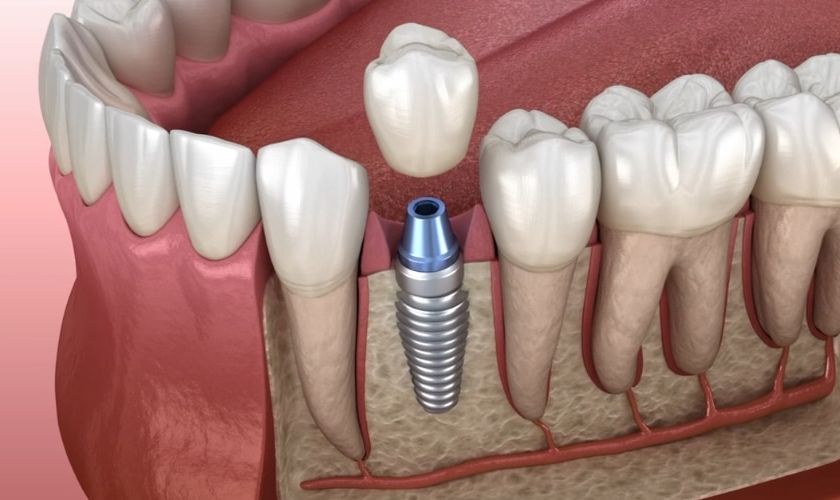
What Are The 3 Stages Of Dental Implant?
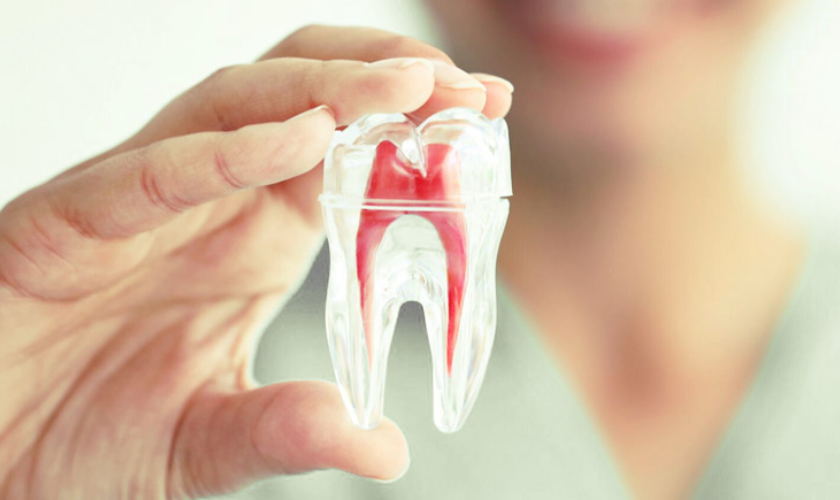
7 Common Signs You Need a Root Canal
